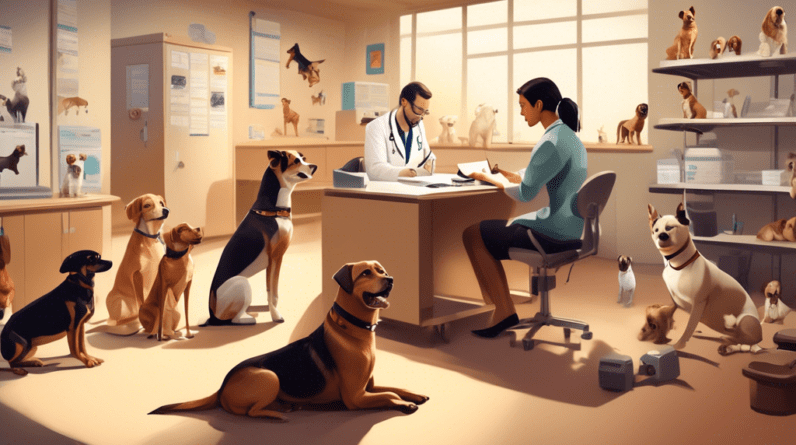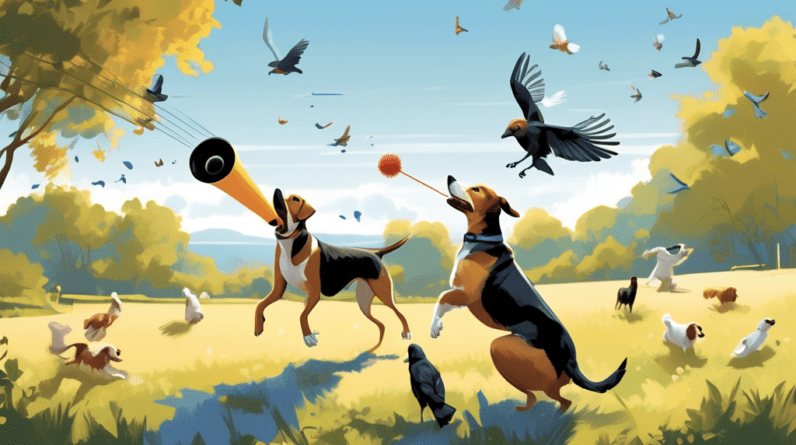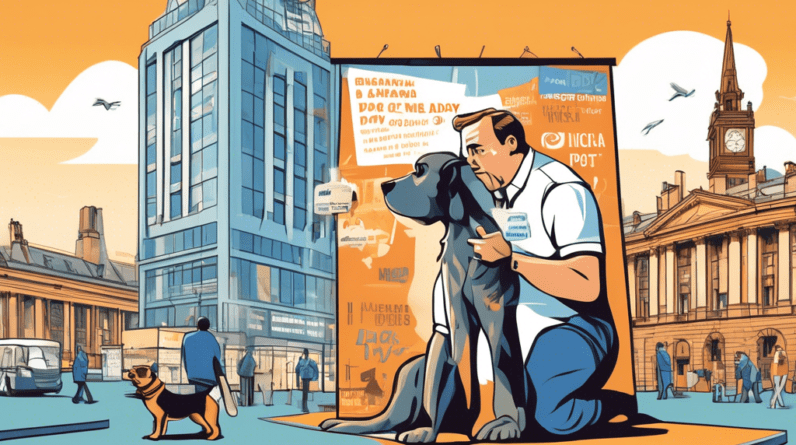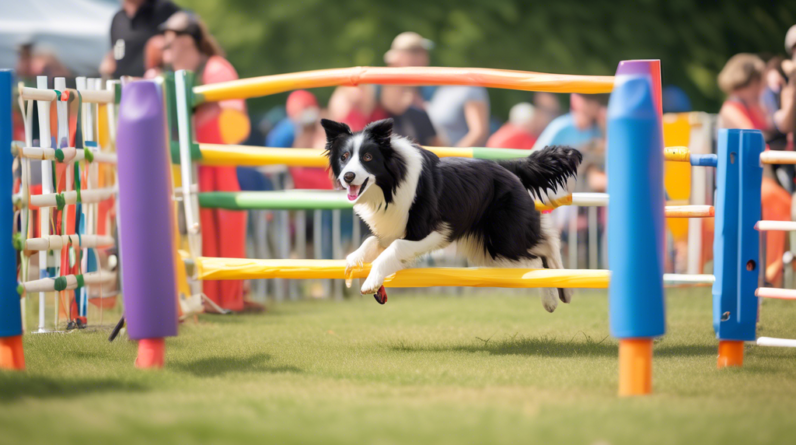
Dog Specialist Offers Unexpected Response When Questioned About the Most Hazardous Dog Breed
In the realm of canine companionship, the debate over the most hazardous dog breed has been contentious and pervasive. It’s a topic that evokes strong emotions and opinions from dog owners, trainers, veterinarians, and the general public alike. When a seasoned dog specialist was recently asked to weigh in on which breed holds the title of the most hazardous, the answer provided was both surprising and enlightening.
Challenging Preconceived Notions
Popular media and anecdotal evidence often point to breeds like Pit Bulls, Rottweilers, and German Shepherds as being inherently dangerous. However, this veteran canine expert underscored that assigning the label of “most hazardous” to any breed is a gross oversimplification. Instead, the specialist highlighted the importance of understanding individual dog behavior over breed generalizations.
“Dogs, like people, are individuals with unique personalities, experiences, and temperaments,” the expert emphasized. “To say one breed is the most hazardous ignores a complex set of factors that contribute to a dog’s behavior.”
The Role of Environment and Training
The dog specialist examined various elements that significantly influence canine behavior. One pivotal factor is the environment in which the dog is raised and trained. Dogs raised in nurturing and disciplined environments are generally less likely to exhibit hazardous behavior compared to those subjected to neglect, abuse, or inconsistent training.
“An environment filled with positive reinforcement, socialization, and proper training contributes to a well-adjusted, less hazardous dog, regardless of its breed,” the expert stated. “On the flip side, dogs deprived of socialization, mistreated, or poorly trained are at a higher risk of developing dangerous behaviors.”
Owner Responsibility
Another crucial component discussed was the responsibility of dog owners. The specialist pointed out that many incidents involving hazardous behavior were often preventable had the owners taken proper care and precautions. Educating owners about the specific needs, temperament, and potential triggers for their dogs can lead to more responsible pet ownership and fewer dangerous encounters.
“Irresponsible ownership is a significant contributor to hazardous dog behavior,” said the expert. “When owners fail to understand their dog’s needs or ignore training obligations, the likelihood of negative episodes increases, irrespective of the breed.”
Addressing Misconceptions
To further dispel myths, the dog specialist shared insights into commonly misunderstood breeds. Pit Bulls, for instance, are often stigmatized yet are known in some circles as “nanny dogs” due to their loyalty and gentle nature when properly trained and socialized. By highlighting success stories and accurate breed characteristics, the expert aimed to shift the narrative toward a more informed and balanced viewpoint.
“It’s essential to move away from breed-specific stigmas and focus on understanding each dog on an individual level,” the specialist urged. “Knowledge and education can bridge gaps and reduce biases, promoting safer interactions between humans and dogs.”
Final Thoughts
In conclusion, the expert’s unexpected response sheds light on a broader perspective that transcends breed-based judgments. Rather than pinpointing a single breed as the most hazardous, it is far more constructive to consider the myriad factors influencing dog behavior. Through education, responsible ownership, and an emphasis on individual assessment, the potential hazards posed by any dog can be significantly mitigated.
As the dog specialist eloquently summarized, “The most hazardous dog is not determined by breed but by a complex interplay of environment, upbringing, and ownership. Understanding this is key to ensuring the safety and well-being of both dogs and their human companions.”






